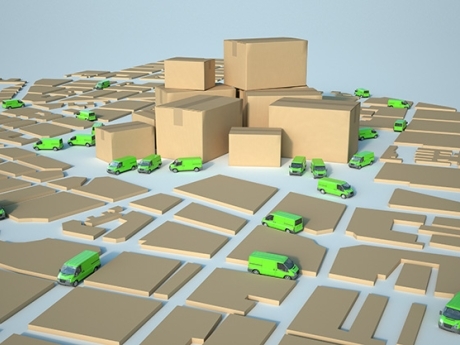
Municipal Fleet Electrification Study
Approach
Fleet electrification offers local governments economic benefits that include lower life-cycle costs and reduced risk of fuel price volatility when compared to internal combustion engine vehicles. Deployment of electric vehicles in municipal fleets also supports the local economy through the procurement of clean electricity while eliminating criteria air pollutants and reducing greenhouse gas emissions. To assist local government partners overcome perceived barriers to municipal fleet electrification, Frontier Energy develops plans for municipal government customers. Each plan evaluates the short- and long-term costs of transitioning the fleet to EVs, determines impacts and benefits to the municipality, and outlines steps to efficiently integrate vehicles and charging infrastructure in a fiscally responsible manner.
The project has five components for each fleet:
- Collect data about each municipality’s current fleet and produce a report with recommendations for vehicles that can be replaced with electric/electrified vehicles.
- Develop a load-profile report for each municipal fleet that includes recommendations for EVSE by charger type and quantity at each fleet location illustrated with maps, tables, and diagrams and includes strategies for reducing electrical load, and costs of installing and using charging stations.
- Provide a summary report that ranks each site on the possibility of adding DER and storage based on a cost/benefit analysis.
- Outline the transition plan for each municipality with a financial analysis that includes vehicles, infrastructure, and DER, including a spreadsheet that staff can refine and use for internal processes.
- Develop a load analysis so that the utility can respond to increased demand and recommend area incentives or assistance that may be most effective in helping fleets transition to EVs.